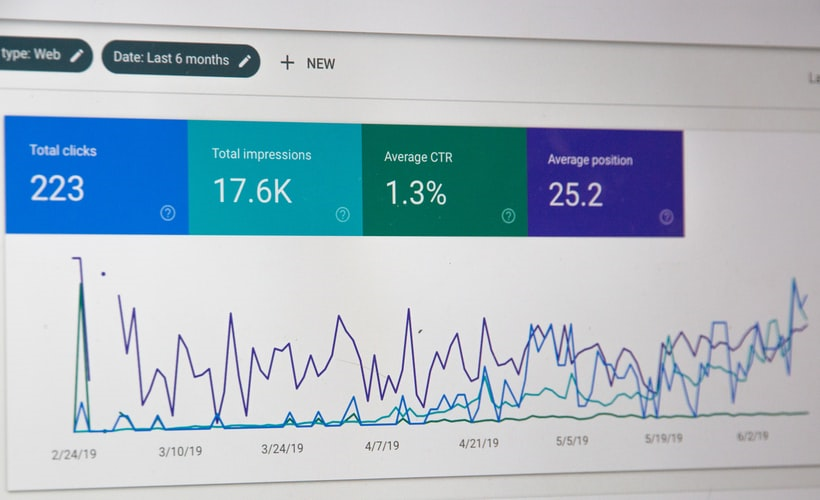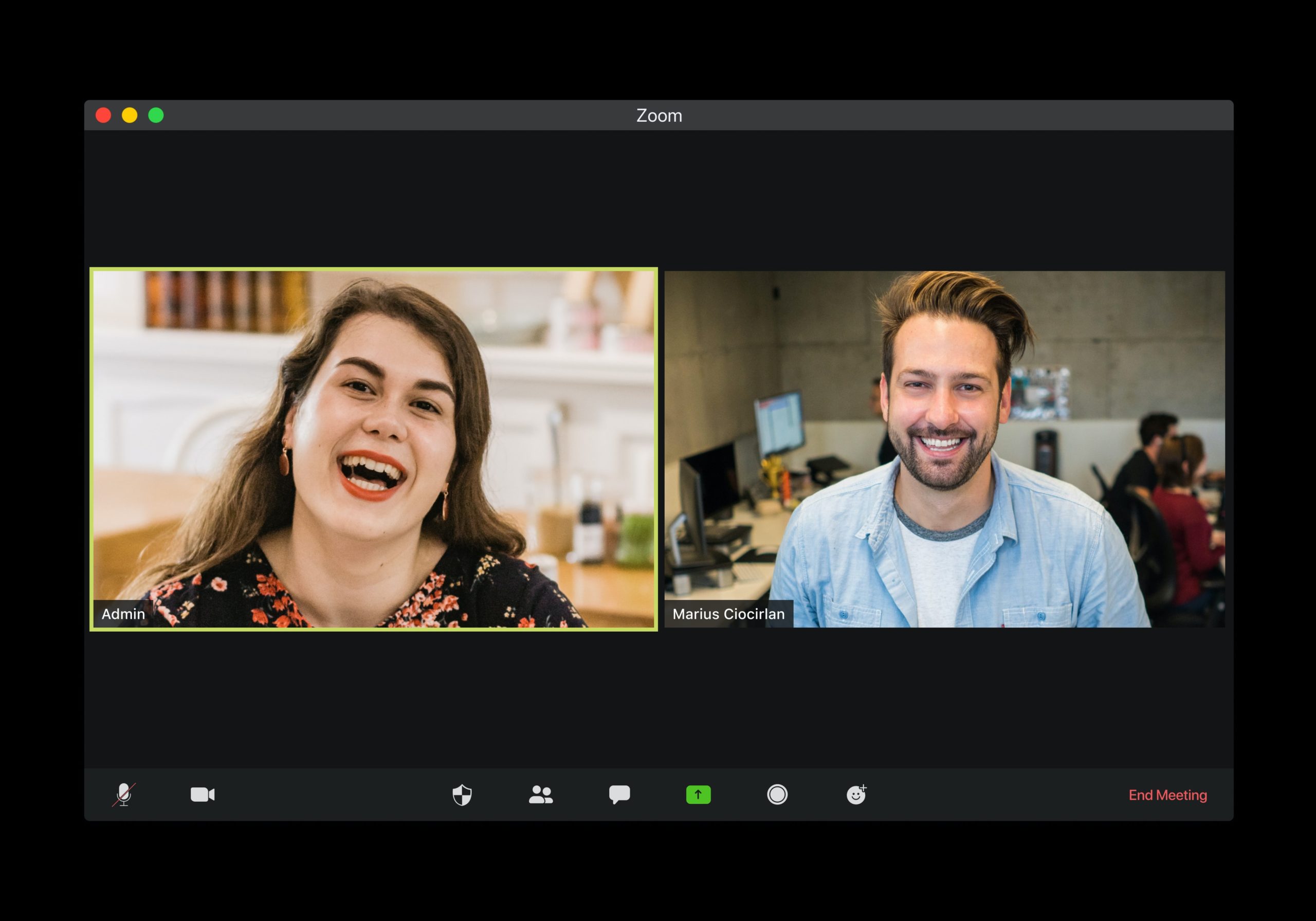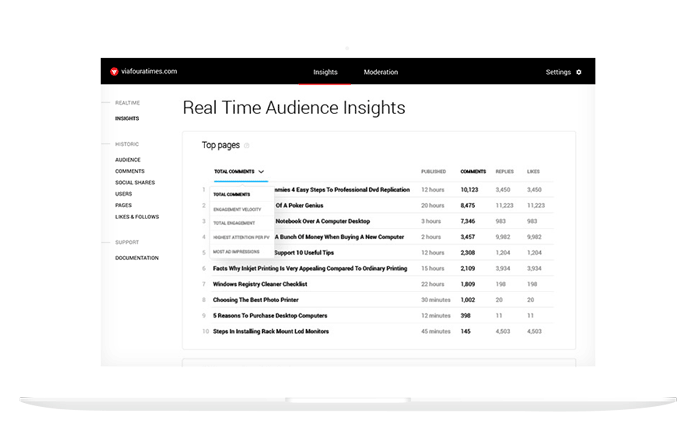As Generation Z and Millennials make increasing contributions to global shopping trends, it only makes sense that they are driving the online shopping revolution. With more than 2 billion people making their purchases online, it’s loud and clear that the web is the place to be for global companies.
However, with the abundance of online products and services, modern companies need to find a way to stand out amongst the thousands of websites. It’s easy for your web platform to fall into obscurity if you aren’t engaging with visitors to your website and converting them to loyal subscribers.
If you’re wondering if optimizing site engagement is necessary when you already have good website traffic, we can assure you that it definitely is! Website engagement is critical since it’s the key to converting visiting traffic into members of your online community.
This article will discuss some fundamental audience engagement concepts and how you can incorporate them into your web platform and foster a growing online presence.
What Is Site Engagement?
Website engagement is the process of building relationships with your customers to create a community around your brand, which you can then interact and participate in to foster trust and brand loyalty . An engaged audience is more likely to continue to use your products and services, and is more likely to share your brand within their communal circles, which helps attract more like-minded people to your site.
You can build relationships with your customers on the site through different methods. Below are some key links between your brand and your customers that have a lot of influence on web engagement.

Content
Web content is the backbone of the material that your community will read over, discuss, comment on, and share. This means it’s vital that you provide content that is interesting, relevant, and as close to what your audience wants as possible. These can be updated on specific programs, new products or services available for your audience, community spotlights, and more.
It’s also important to provide content at a steady, reliable pace, as this is a big part of what makes your audience revisit your website and increases overall web engagement. In addition, this lays the foundation for the establishment of a community within which your users can feel included.
Social-media style features
Social media is popular for a good reason; they utilize several popular functions and tools to foster community engagement. Using social media style features such as likes and follows, comments, community posts, news feeds, and engagement carousels are a great way to get your community involved in your brand and creating a buzz about what you have to offer.
Through use of an online community engagement and management software, you can employ many of the tools we’ve mentioned to increase community engagement. If you’re interested in learning more about these features, check them out here to learn more about how to use them within your own web platform.

Active participation
In addition to providing tools for your audience to engage with your content and their fellow members, it’s also important to note that as a brand, your contributions to the community’s growth are just as important, if not more, than those of your users. Your audience wants to know that you care about their opinions, and that you’re willing to directly engage with them regarding their praise, feedback, complaints, and contributions.
Make sure to assign someone to manage your community and engage with them regularly, if not daily, and regularly go over the audience engagement data to examine what your community has to say about your brand.
Website Engagement Analytics
Now that you understand what web engagement is, you need to know how to process the data you receive from your platform to adjust and modify your engagement strategy.
Some of the metrics that you can check regularly include page views, time on page, bounce rate, pages per session, and new visitors. These can be easily accessible via Google Analytics, and it is strongly recommended and if you’re not already doing so, to utilize this tool to analyze data and make informed decisions on how to continue to promote site engagement.
How To Increase Website Engagement
This section will talk about five effective tips that you can use to increase your site engagement. This is not a comprehensive list, but it will go a long way towards resolving any major complications that are proving to be a roadblock for your web engagement.
Faster page loading
Let’s say you are looking for something on Google. What happens if the page you click on takes a long time to load? Chances are, you are going to bounce back and select another result. This is definitely something you want to avoid; your website should load in two to three seconds as a rule of thumb. If that’s not the case, then you are potentially losing traffic and chances at community growth.
There are numerous ways to improve the loading time of your website, such as image compression, combining files, avoiding redirects and reducing HTTPS requests. Talk to your web designer/programmer to discuss how you can optimize page load speeds to ensure your web traffic successfully reaches your platform.

Simplify your navigation
Your users need to reach any part of your website within two to three clicks to increase web engagement. Therefore, you should create an easy structure for them to navigate; in this regard, many people focus on internal linking. This is how you direct the users from one part of your site to the other. You can do this using images, CTAs, and even navigation links embedded in your content. Make sure that you are linking to other pages on your site in a natural way to provide value for your customers and help them find similar content to what they’re interested in seeing.
Mobile friendly
Today, most web users prefer using mobile devices to browse the web and engage with the web platforms. This means that it is vital that your website be properly optimized for mobile users.
There are several steps to creating a mobile-friendly website, such as format optimization, making navigation easy through the internal linking strategy we explained above, and testing if everything is in order through Google’s mobile-friendly test. Any issues outlined need to be addressed by your web developer.
Adding chatbox
Providing a chatbox service can be a great way for users to get the answers to frequently asked questions and narrow down where they need to be to find content. Using a live chatbox service is a great way to increase audience engagement by having users communicate with your brand’s reps directly through your platform. Having one of these on your site is one of the most powerful website engagement tools.
Guide users
Guiding your users can help your online engagement while achieving conversions at the same time. Here, you will need to use different CTAs (call-to-action) that are persuasive while avoiding direct commands. For instance, instead of a button that says “Buy Now,” use words such as “Subscribe” and “Learn More.” As a result, users are less pressured to decide and won’t feel that they need to commit to your brand right away. This also does wonders for fostering trust and a sense of community because the user feels valued as an individual and not a sales figure. It is key to regularly go over key engagement tool metrics in order to keep up to date with the current state of your sites online engagement.
Study your audience

Your audience are living, breathing people, with their own individual tastes and preferences. There’s a lot of information you can obtain from them when they visit your website, and you can put that information to good use by customizing their experience with you when they return from time to time. Using tools like Google Analytics can be a great way to visualize your audience’s behaviours, and on a personal level, using cookie data to suggest content similar to their previous choices allows for simple personalization that makes it much more likely that they remain engaged with your brand and website.
We hope this has been useful in helping you come up with your own website engagement strategies. We also recommend you check out our webinar on a new approach to engagement and our suite of online community management solutions to learn more about how they can help you construct your virtual community and increase overall site engagement for your organization.











